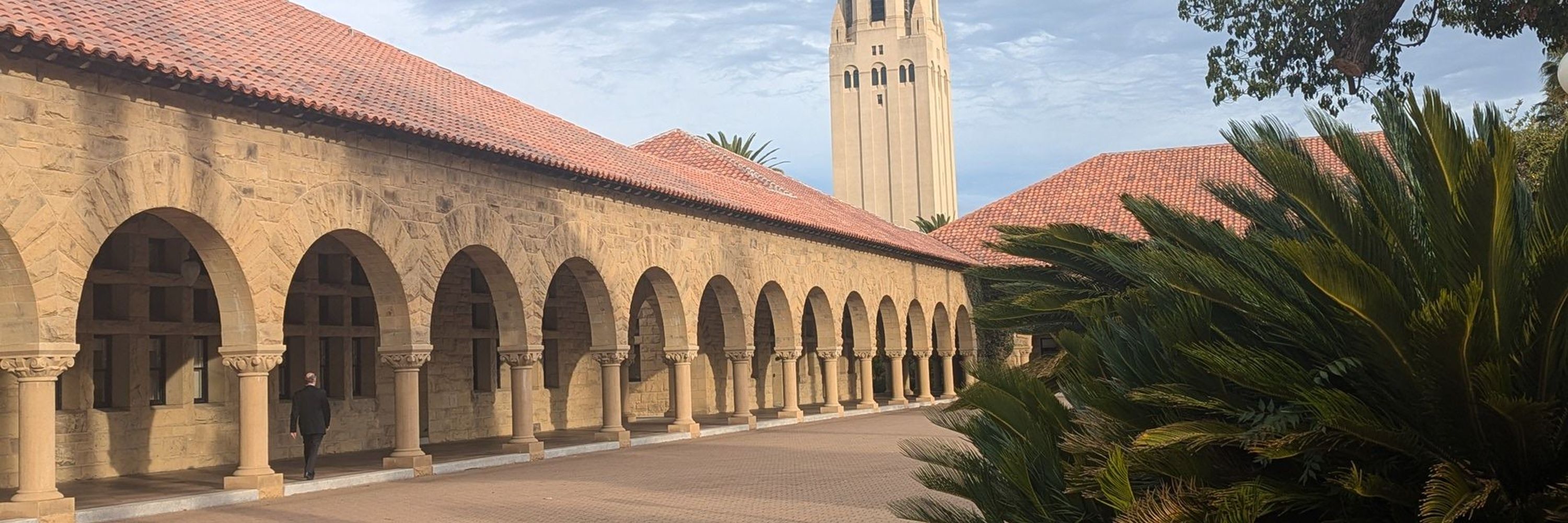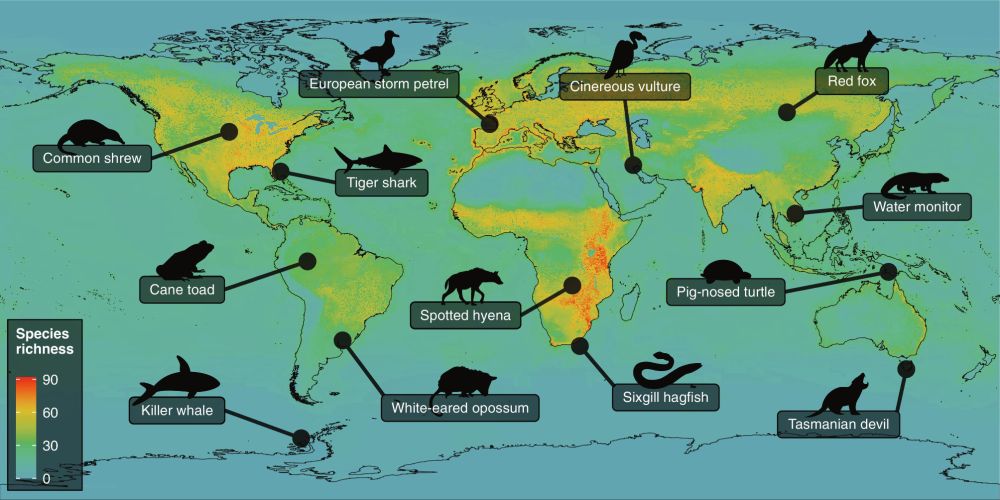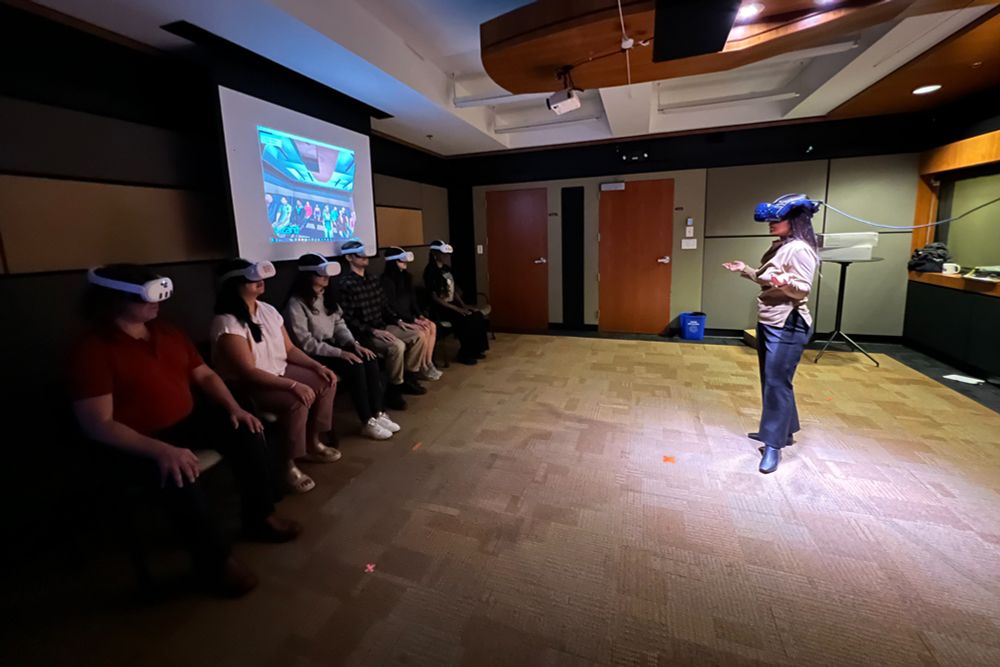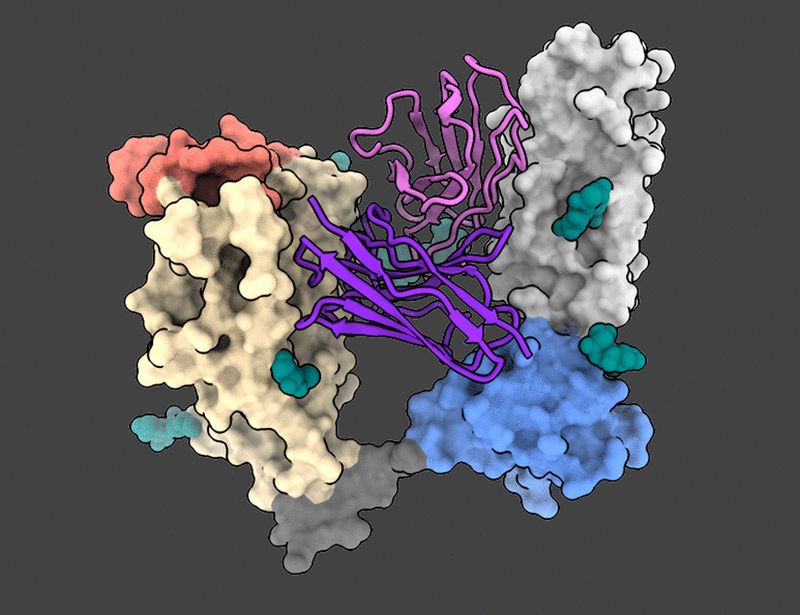Sara Zaske
@zaskestanford.bsky.social
76 followers
130 following
27 posts
Science Writer for Stanford School of Humanities and Sciences. Slowly building my lists in the great BlueSky.
Posts
Media
Videos
Starter Packs
Sara Zaske
@zaskestanford.bsky.social
· Sep 8

Three reasons why universities are crucial for understanding AI
There is a “fierce urgency” to understand how artificial intelligence works, says Stanford physicist Surya Ganguli, who is leading a project to bring the inner workings of AI to light through transpar...
news.stanford.edu
Sara Zaske
@zaskestanford.bsky.social
· Aug 29

Three key insights from the recently released MLK records
While scholars haven’t identified any surprising revelations in the newly unsealed federal documents related to Martin Luther King Jr.’s assassination, the director of Stanford’s King Institute emphas...
news.stanford.edu
Sara Zaske
@zaskestanford.bsky.social
· Aug 28

Plant samples preserved in museums may hold key to advancing biodiversity
Herbaria, or “museums for plants,” house millions of samples collected over centuries. Stanford biologist Barnabas Daru shares how modern technology can unlock this treasure trove.
news.stanford.edu
Sara Zaske
@zaskestanford.bsky.social
· Aug 26

Study shows mindset shift curbs depression after catastrophe
A mindset intervention encouraged reflection on the COVID-19 pandemic as a source of growth. Participants who adopted this perspective reported improved mental health and showed positive physiological...
news.stanford.edu
Sara Zaske
@zaskestanford.bsky.social
· Jul 11

Decline in apex scavengers raises human disease risk
Stanford research shows that large, efficient scavengers are disappearing globally, allowing carrion to persist longer and creating opportunities for disease-carrying species like rodents to prolifera...
news.stanford.edu
Sara Zaske
@zaskestanford.bsky.social
· Jul 11
Sara Zaske
@zaskestanford.bsky.social
· Jul 11

Stanford neurobiologist’s research on brain development paves the way for Alzheimer’s solutions
Carla Shatz, famous for discovering how neural connections develop early in life, is using that knowledge to work on the problem of how they can later deteriorate from Alzheimer’s disease.
news.stanford.edu
Sara Zaske
@zaskestanford.bsky.social
· Jul 8

Stanford-led team shares honor for ‘revolutionizing’ study of high-energy cosmic phenomena
The European Physical Society has awarded a top prize to the teams behind the Fermi Gamma-ray Space Telescope, which has yielded better understanding of pulsars, supermassive black holes, neutron star...
news.stanford.edu
Sara Zaske
@zaskestanford.bsky.social
· Jun 18

Decline in apex scavengers raises human disease risk
Stanford research shows that large, efficient scavengers are disappearing globally, allowing carrion to persist longer and creating opportunities for disease-carrying species like rodents to prolifera...
news.stanford.edu
Sara Zaske
@zaskestanford.bsky.social
· Apr 28
Sara Zaske
@zaskestanford.bsky.social
· Apr 14

Researchers identify gene linked to development of a critical coronary artery
The Stanford-led findings represent a step toward developing “medical revascularization,” a long-term goal to create a treatment for blocked or limited-flow arteries by growing new ones to compensate.
news.stanford.edu
Sara Zaske
@zaskestanford.bsky.social
· Mar 17

‘Microlightning’ in water droplets may have sparked life on Earth
A Stanford study shows that electrical charges in sprays of water can cause chemical reactions that form organic molecules from inorganic materials. The findings provide evidence that microlightning m...
news.stanford.edu
Reposted by Sara Zaske
Chise
@sailorrooscout.bsky.social
· Mar 9
Sara Zaske
@zaskestanford.bsky.social
· Mar 6

New antibodies show potential to neutralize virus that causes COVID-19
A Stanford-led team has found two antibodies that can work together to defeat all SARS-CoV-2 variants. More research is needed, but the approach could help in the development of treatments to keep pac...
news.stanford.edu
Sara Zaske
@zaskestanford.bsky.social
· Dec 29
Sara Zaske
@zaskestanford.bsky.social
· Dec 29










